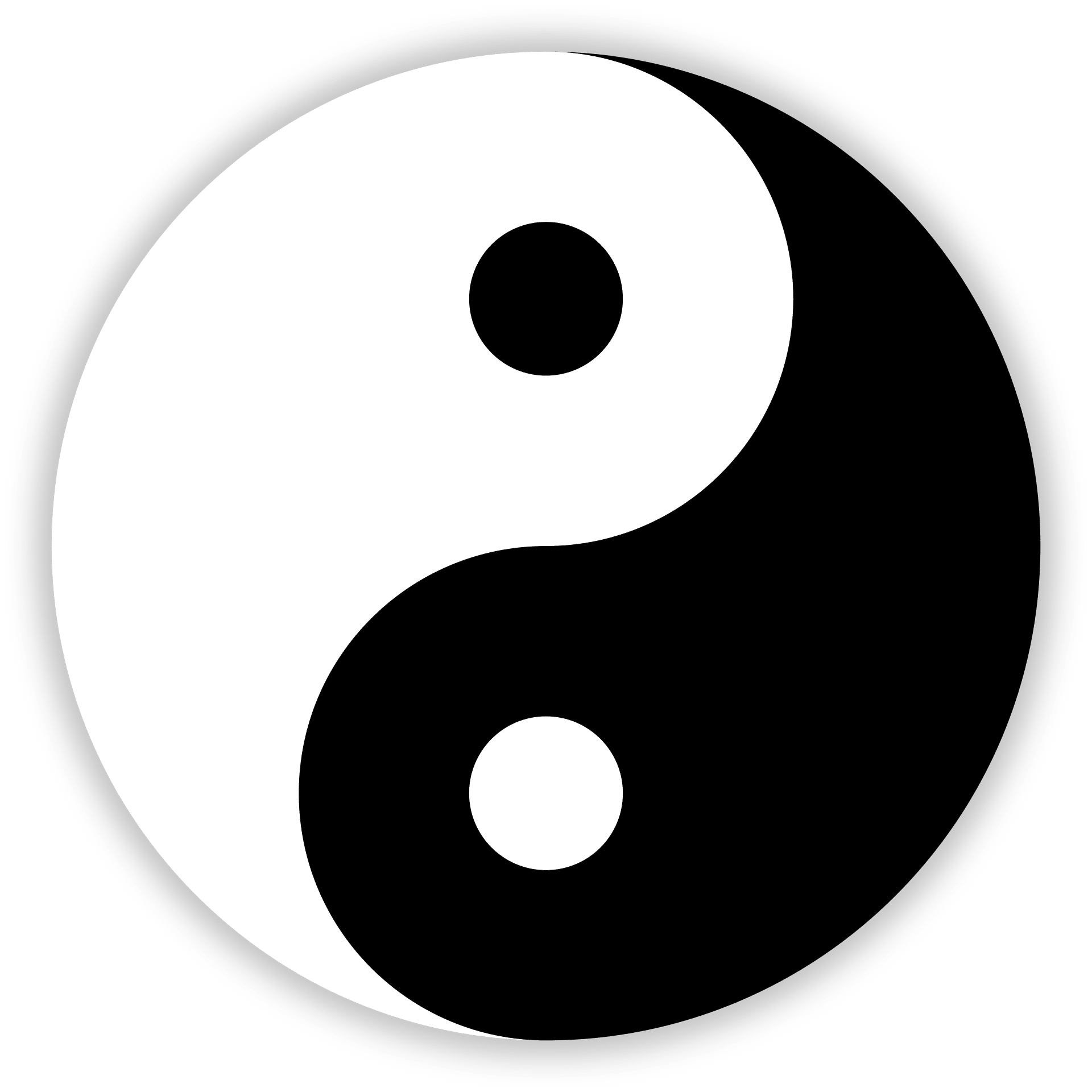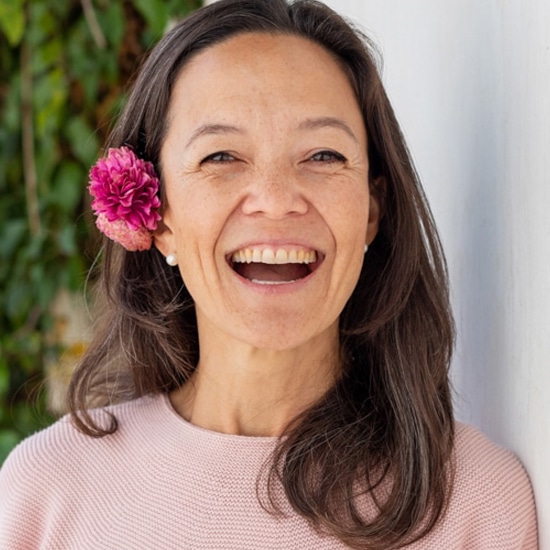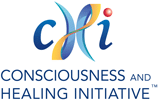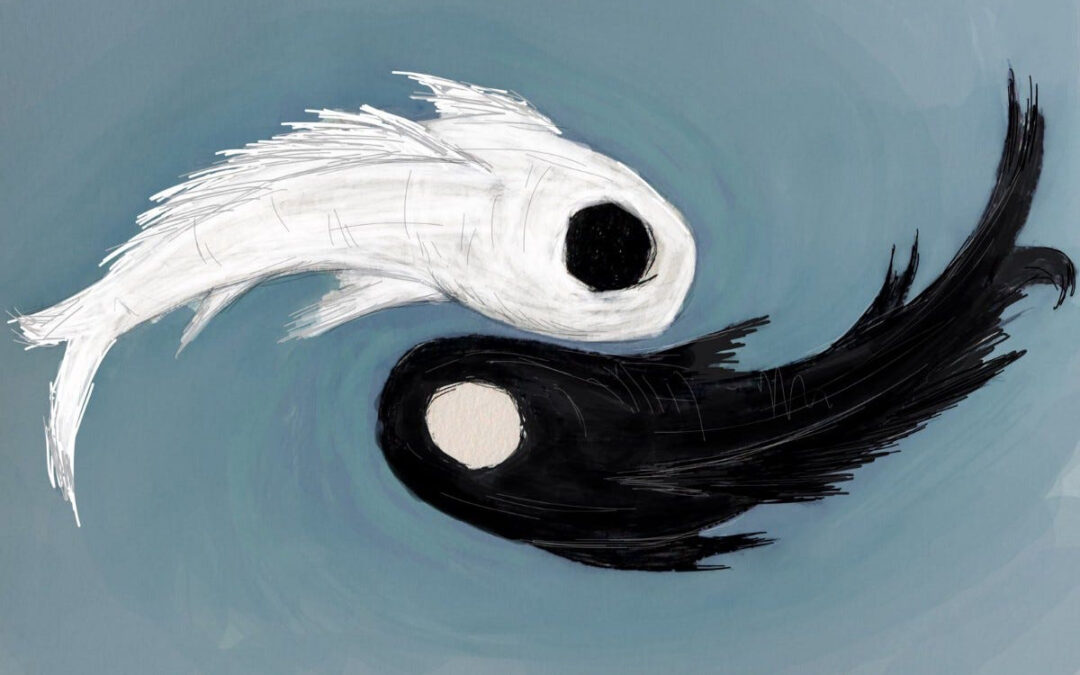As someone who has dedicated my life to understanding the subtle aspects of life, healing, and medicine through Asian Medicine, I love hearing people use the terms “yin” and “yang,” or together “yin yang.” Just the other day I, surprisingly, heard a host of an allopathic medical podcast use the term “yin yang” to describe the duality of their topic. When I asked my Introduction to East Asian Medicine class at an undergraduate institution if they had heard of the term’s “yin” and “yang,” everyone looked at me like I was crazy, as their hands shot up. Of course we have, was the sentiment of the class. This is exciting to me because when I was going through my Master’s Degree in Chinese medicine in the early 2000’s, people would look at me like I was crazy when I would bring up the topic.
With the growth of Asian philosophies and Indigenous wisdom, I want to take a moment to clarify that yin and yang are more than a concept of duality, as it is often referred. Yin Yang is a philosophy, born out of what is now China. This philosophy, among others, is one of the main backbones of Chinese Medicine, and many East Asian Medicines. While it is possible to spend one’s entire academic or personal life contemplating, applying, and realizing the nature of Yin and Yang, let me give you a brief overview of some of the missed important aspects of Yin Yang philosophy.
Yin (阴 yīn) and Yang (阳 yáng) represent the dark/shadow side (yin) and sunny side (yang) of a mountain. This metaphoric image speaks to the qualities of yin and yang. This concept of Yin Yang is how most people are using it in common day conversations–the dualistic nature. However, this is a very superficial understanding and to stop there dilutes the richness of this much-needed philosophy and paradigm in our very unharmonious times.

There are four main concepts in Yin Yang philosophy that I’d like to share with you:
1. If you look at a “yin yang symbol,” also known as a taiji or taijitu symbol, most people focus on the colors: the black/dark and white/light. When you do this, you skip an important foundational concept. It’s important to start with its overall shape. It is round, or rather spherical, and therefore has no angles. This shape shows us that Yin and Yang are born out of the oneness of all things. Yin and Yang philosophy begins to give us movement, language, and the idea of relationship when the Oneness/Pure Consciousness/Loving Awareness of Creation begins to move from ultimate potential into being. Furthermore, because of the spherical nature of this philosophy (not linear), every point along that sphere is a distinct perspective of the relationship of yin and yang and how they are interacting with each other and within each other.
2. Yin and Yang are complementary opposites, sometimes referred to or talked about as dualistic. The shadow side of the mountain, being yin, stands for the metaphoric qualities of yin (dark, hidden, feminine, receptive, cold) and yang (bright, exposed, masculine, active, hot). Here is an expanded view of yin and yang qualities.
| Yin | Yang | |
| Space | Earth | Heaven |
| Time | Night | Day |
| Season | Autumn, Winter | Spring, Summer |
| Sex | Female | Male |
| Temperature | Cold | Hot |
| Weight | Heavy | Light |
| Brightness | Dark | Light |
| Motion | Down & In (Static) | Up & Out (Active) |
3. Yin and Yang are rooted in each other. They are always in relationship to each other and only exist because of the other. There is no yin without yang. Furthermore, there is always yin within yang (represented by the black circle/sphere in the white) and yang within yin (the white circle/sphere in the black), which means they can be divisible by category but, truly, inseparable. There is no dark without light. There is no hot without cold. They allow us to look at the relationship of like qualities, and therefore construct a language of existence through these qualities.
4. Yin and Yang are always transforming into each other. When one increases, the other decreases. This is seen in the taijitu as the lighter area decreases while the darker area increases and vice versa. This is the ever changing, fluid nature, and changing proportions of dark (yin) and light (yang).
The Yin Yang philosophy of relationship or interaction between seemingly opposite qualities or entities is a beautiful paradigm for today’s modern troubles and challenges.
As a Chinese Medicine practitioner, it’s been life-changing to slowly shift my paradigm to see the world through the Yin Yang lens. Most of my in-person work, teaching, clinical, or consulting all comes back to using yin yang philosophy to make sense of the present, as was created by the history of the interactions of many different yin and yang patterns converging. But I just jumped ahead. For most people who truly seek change, self-growth, spiritual awakening or enlightenment, or to just be the best at what they do, I highly recommend learning more about Yin Yang so that you can expand your mind to the patterns of Nature (as Yin and Yang ultimately shows us).
Here are my how-to suggestions to bring Yin and Yang more into your life:
Step 1: Begin to learn more about Yin Yang philosophy. Seek out teacher(s). Read more. To truly have an embodied experience, I recommend starting a movement-based practice that uses this paradigm, like martial arts, qi gong, or tai chi with a trained instructor.
Step 2: Apply what you learn and begin seeing the world (internal world, your emotions and sensations, feelings, thoughts and external world) in terms of yin and yang qualities.
Step 3: Once you begin to realize life is much more complex, rich, and patterned, bring your newfound awareness and language into your professional setting. By bringing the language of yin and yang qualities into the work you place, you can go beyond labels, diagnoses, fancy medical language, professional jargon, and medical theory, to build connection and understanding with others.
Free Webinar!
Yin Yang Theory for Clinical Application and Life with Haunani Chong Drake
Friday, November 1, 2024
11:00am Pacific / 2:00pm Eastern
About the Author

Haunani Chong Drake
Haunani Chong Drake [houW-nuh-nee], is a Doctor of Acupuncture and Chinese Medicine, Licensed Acupuncturist (L.Ac.), an international Yoga and Ayurveda practitioner, educator, and mentor, adjunct faculty at Virginia University of Integrative Medicine (VUIM) and William & Mary, and Board member for the Acupuncture Society of Virginia.
Haunani has been in practice since 2011, co-founding Ocean Acupuncture a community Acupuncture clinic in north county San Diego, and working at various integrative health clinics, USMC Naval Hospital Camp Pendleton, and John D. Dingell Veteran Medical Center in Detroit. She is currently the lead L.Ac. at William & Mary’s Integrative Health and Wellness Center.As a proud mixed-Asian American raised in a Hawaiian community, she chooses to nourish and take her ancestral and mixed-culture roots into her work through a lens of cultural stewardship and as examples of healing, awakening, and liberation for all bodies and the Earth.
She loves belly-aching laughs, random dance parties, being in the ocean, and a soul-stirring bowl of ramen.

